        |
New Lots Road This page is dedicated to Peter Rapelje, a descendant of the Rapelje family that owned several large farms in New Lots. Peter's grandfather took a number of photographs in 1913 of the houses which lined New Lots Road. Peter shared these photos and history with us and this page is an attempt to share this information by reconstructing what New Lots Road was like in the 1870's. Clicking on the census data will display the original handwritten census data for that house. The road east of Elton will appear in Zone 6. |
|||
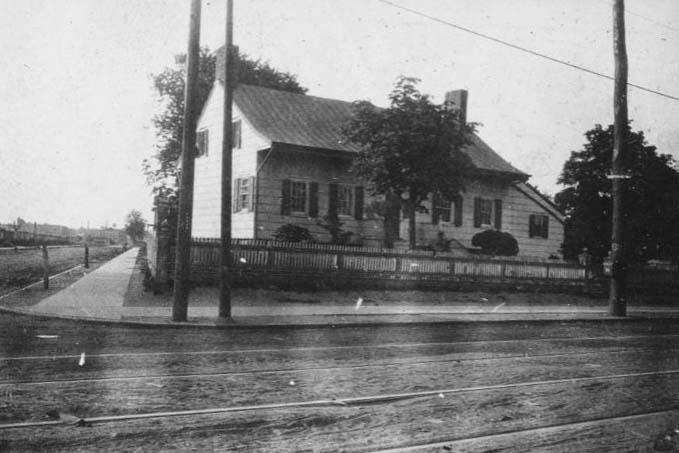
|
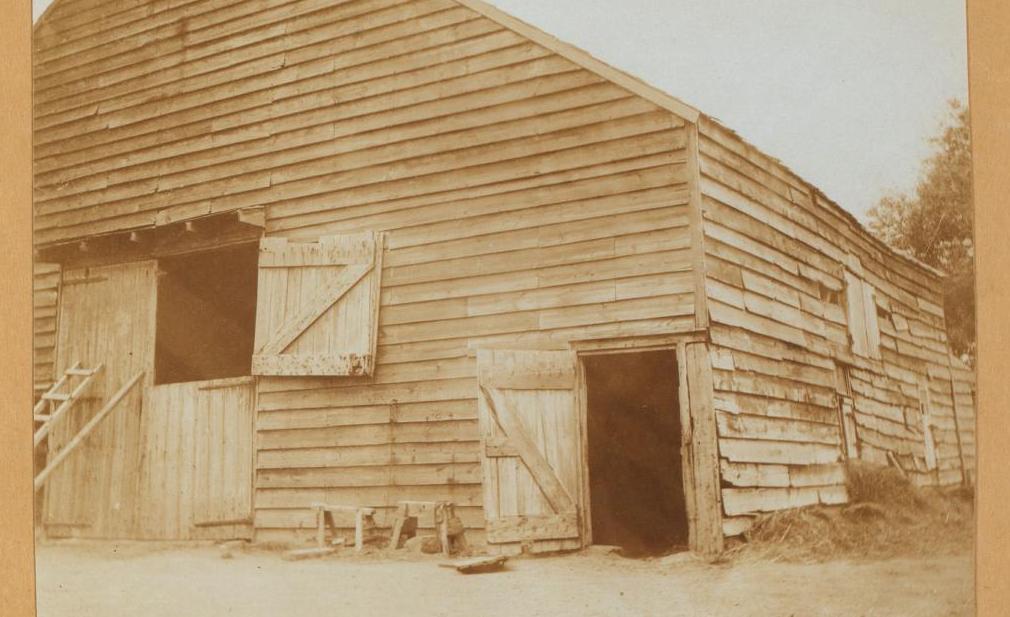
|
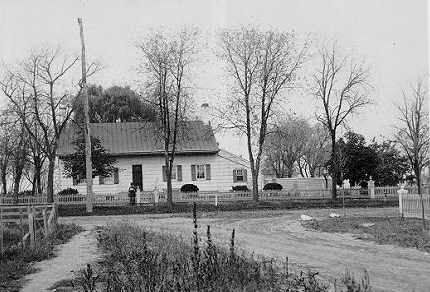
|
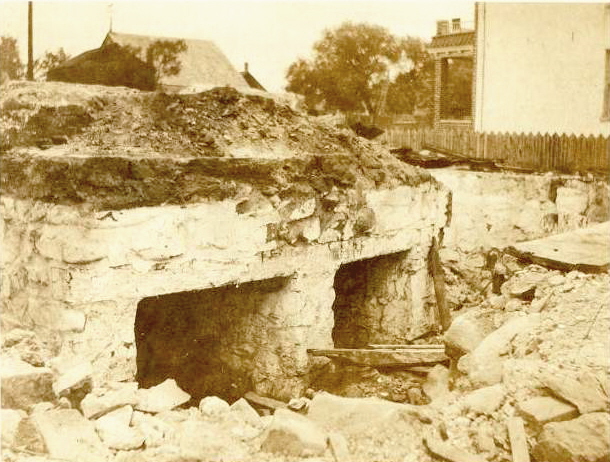
|
| |
|||
| Rapalje-Magee House, 321 New Lots Built in 1820 by Williamson Rapalje, occupied at one time by his gardener Charles Magee. Later occupied by Henry L Rapalje. Note it is a replica of 349 New Lots. Demolished in 1929. From the Peter Rapelje collection. |
Old Rapalje Barn Located near the Magee House, also demolished 1929. 1922 Armbruster photo from Brian Merlis Collection |
Rapalje House, 349 New Lots The oldest of the Rapalje houses, dating to the mid 1700s, it was owned by Daniel Rapalje (b1748). He was a lieutenant in the Kings County Troop of Horses at the start of the Revolution and was appointed to Major of the Kings County Militia in 1787. This house was occupied by the British during the war. Ethan Allen was billeted at this house. |
The house is demolished in 1922. In this Armbruster photo you can see the original stone foundation and beehive ovens. Photo from the Brian Merlis Collection |
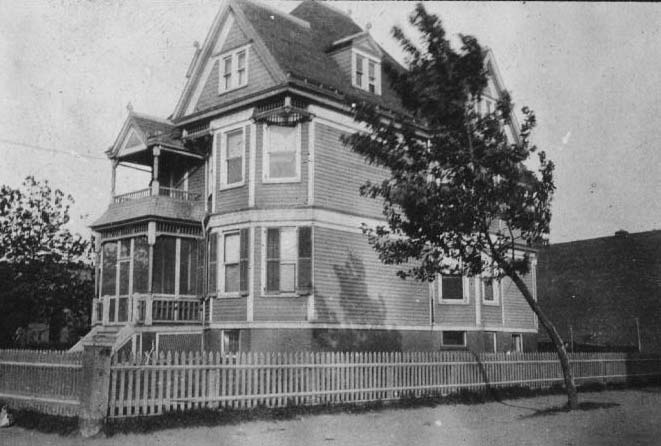
|
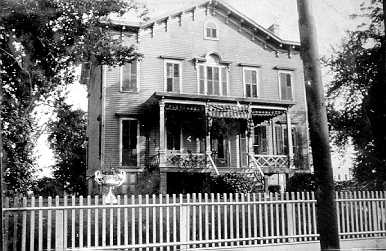
|

|
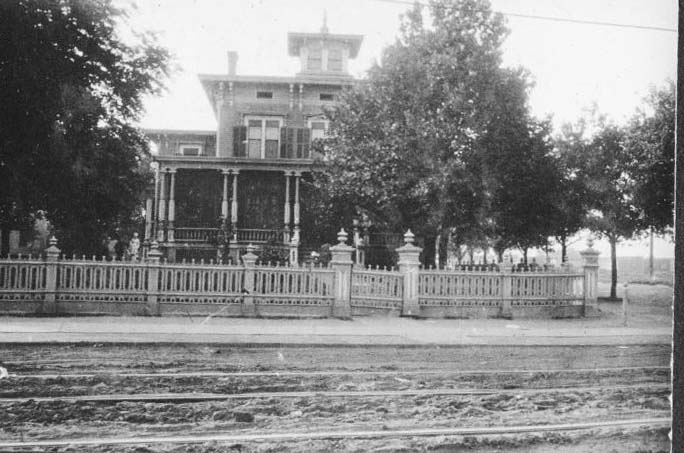
|
| |
|
||
| 296 New Lots, 1913 On the south side of New Lots Road between Georgia and Alabama Avenue sat the Rapalje-Williamson house. Landsman's book on New Lots identifies it as 296 New Lots. From the Peter Rapalje collection. |
Simon Rapalje House, 1913 Next door to this house, on the south side, sat the Simon Rapalje house. Also from the Peter Rapelje collection. |
341 New Lots, 1913 Back to the north side, close to Sheffield Avenue, this house was built for an unmarried daughter of the Rapalje family. Listed as James and Eliza Williamson's house by Peter's grandfather, the 1880 census lists the household as Eliza Williamson with 2 children , both parents, but no husband. |
Williamson Rapalje House, 1913 Williamson is the grandson of Daniel Rapalje, and builds this house off the corner of Pennsylvania Ave. Peter Rapelje collection. |

|

|
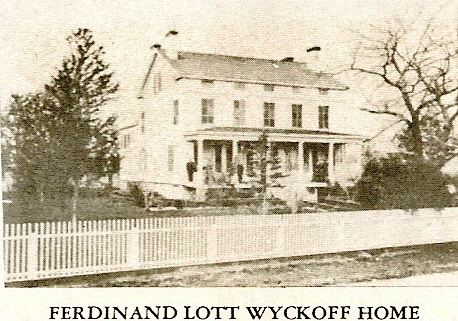
|
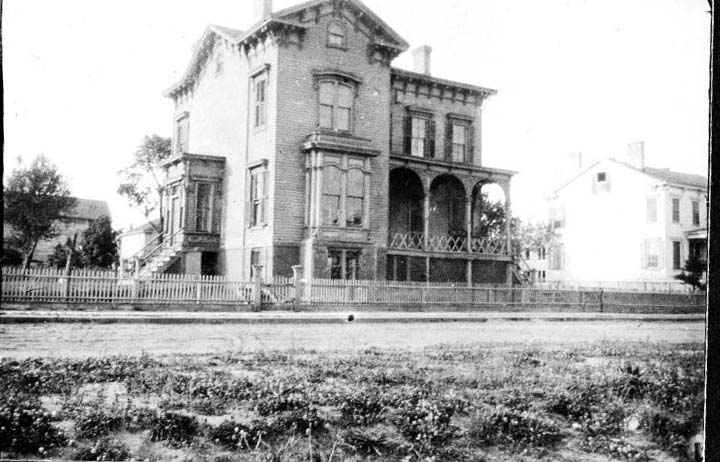
|
| |
|||
| A. Linington, 1864 "Good Old East New York" supplied some pictures of houses that were gone by 1913 when Peter's grandfather snapped photos of many of these houses. Abraham Linington's home was built in 1835 on the northwest corner of New Lots and Vermont. Not on the 1908 plat maps. |
Garret Duryea House, 1894 Described as On New Lots' Road opposite Wyckoff Lane (Wyona Street). |
F.L. Wyckoff, 1864 Built in 1835 between Wyckoff Lane and Butler (Wyona and Bradford) on the north side of New Lots. Occupied by Ferdinand Wyckoff |
Wyckoff House, 1913 Henry Wyckoff lived in this house on the northeast corner of New Lots and Miller. You can see the parsonage for the New Lots Reformed Church on the right. From the Peter Rapelje collection. |

|
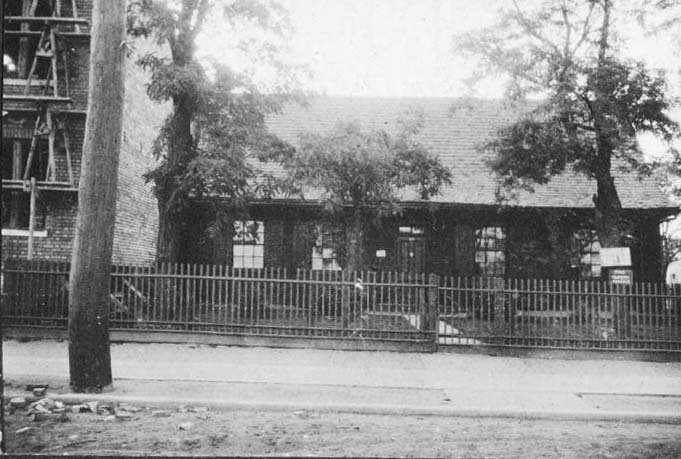
|

|
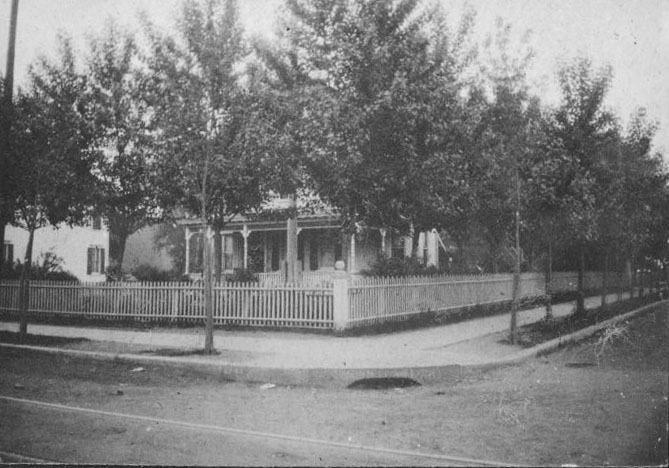
|
| Parsonage, 1913 Next to the Wyckoff house, working east down the north side of New Lots Road, this was the parsonage for the Reformed Church. Rev. Van Buren (Pastor 1852-1874) resided there. Peter Rapelje collection. |
Van Siclen House, 1913 One of the oldest, built in around 1730. Located next to the parsonage, known as the Abraham Van Siclen house. Abraham had a grandson Abraham, born in 1829, who also lived here so it gets confusing. Peter Rapelje Collection. |
Van Siclen House, 1929 An ignomious ending for a historic structure. Taken in 1929, when the house was used as a gas station. Armbruster photo from the Brian Merlis collection. |
A Van Siclen House,1913 There was an additional Van Siclen house located on the northwest corner of Schenck and New Lots Road. Going by the sequence in the 1870 census, Abraham was living here in 1870. Peter Rapelje collection. |
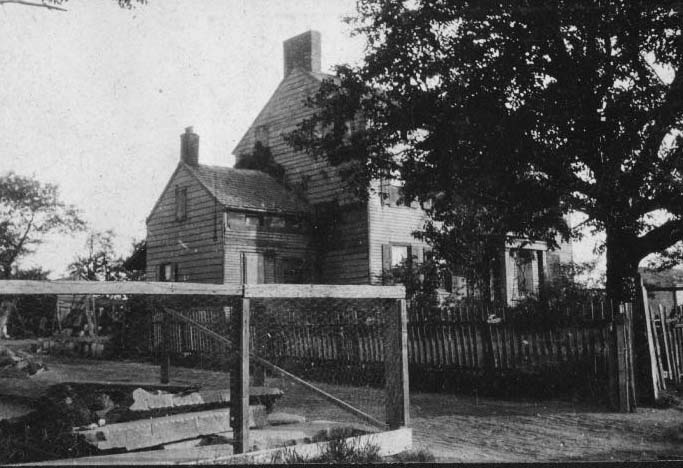
|
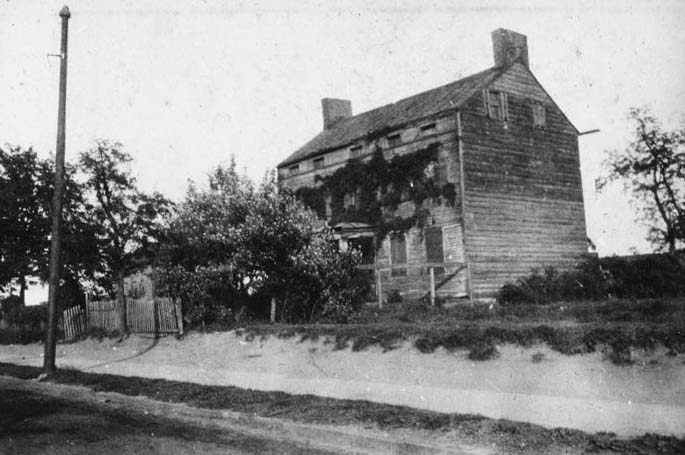
|
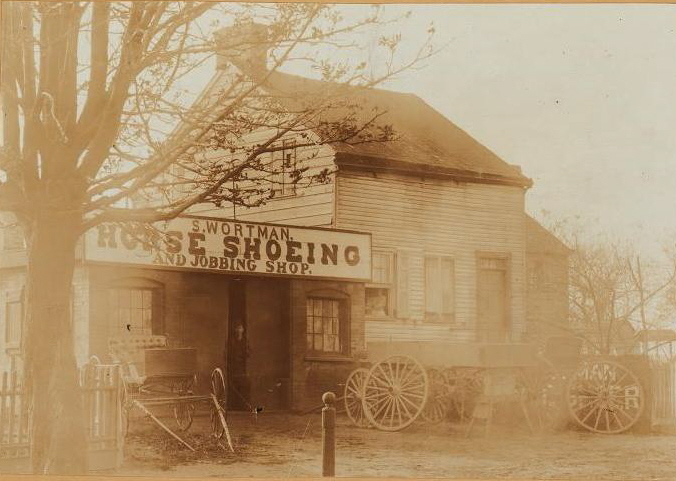
|
|
| John Wortman, 1913 On the south side of New Lots Road, between Hendrix and Schenck, sat the Wortman home. These 1913 views from the Peter Rapelje collection show the house in a fairly dilapidated state. |
Wortman House, 1913 Another view from the right. |
Wortman Horseshoe, 1900 This Armbruster photo from the Brian Merlis Archives shows the horseshoe workshop off the corner of Hendrix. There is an unidentified man in the doorway, possibly John Wortman? |
|
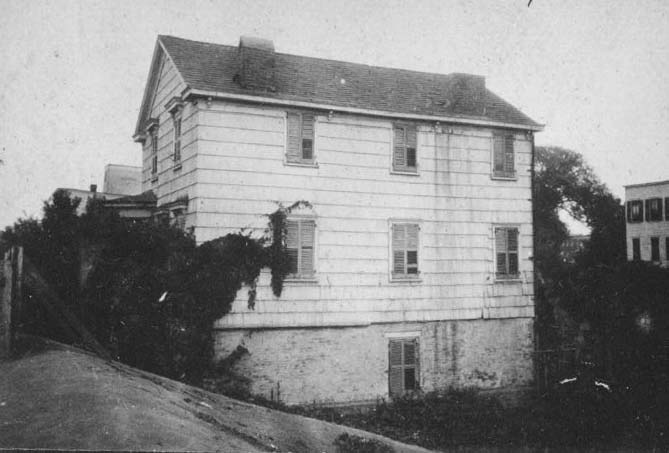
|
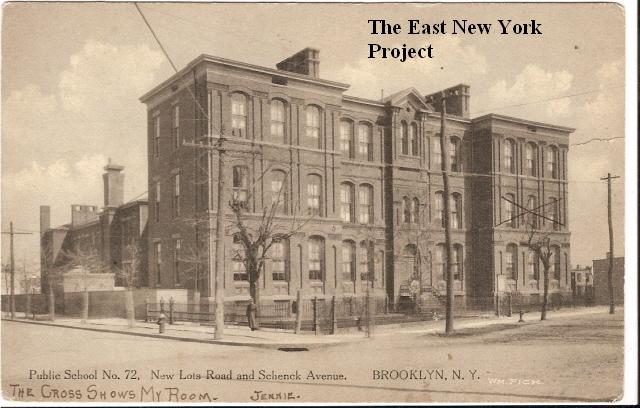
|
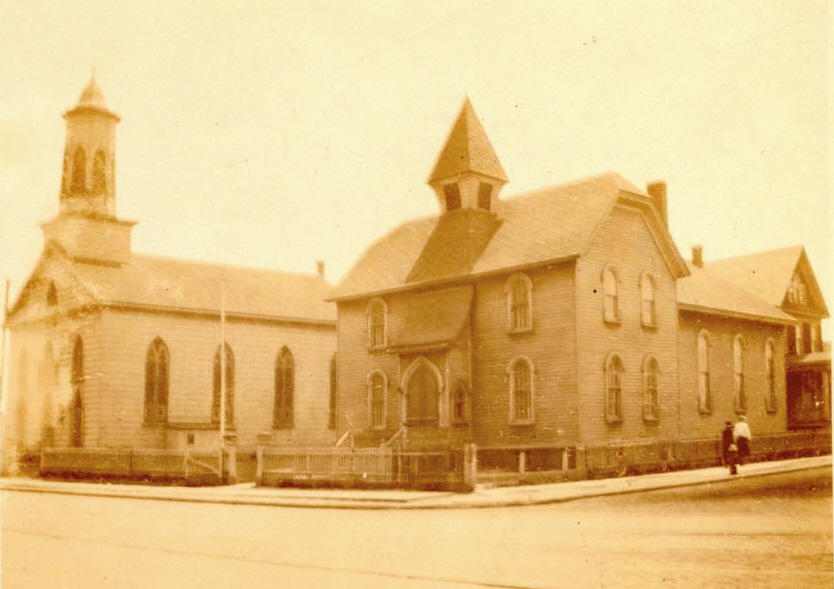
|
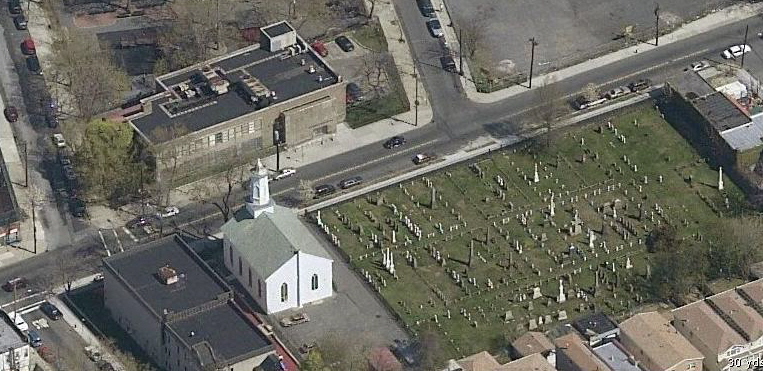
|
| School House, 1913 The first school house in town is built across from the church near Schenck, and that is replaced by this structure in 1810. This building is moved to 639 Barbey in 1888 and a new brick building is built. From the Peter Rapelye archives. |
P.S. 72, 1910 This Fick card predates Peter's shot. This structure was built in 1888 as a simple schoolhouse and goes through numerous expansions. A former resident believes it was demolished in 1955. It was replaced by a branch of the Brooklyn Public Library in 1957. |
New Lots Reformed Church, 1923 The only structure in this series still standing. Dating to 1824 and built by hand by local farmers, this 1923 Armbruster photo shows the church, the school, and behind it what was described as the parsonage. I'm guessing the parsonage by Van Siclen was sold by then. The schoolhouse still appeared in photos from the 1950s. |
New Lots Reformed Church, 2007 The only current photo from this series from Local Live shows the church, the graveyard, and across New Lots Avenue the library where P.S. 72 used to sit. The structure which replaced the schoolhouse was built in 1970. |
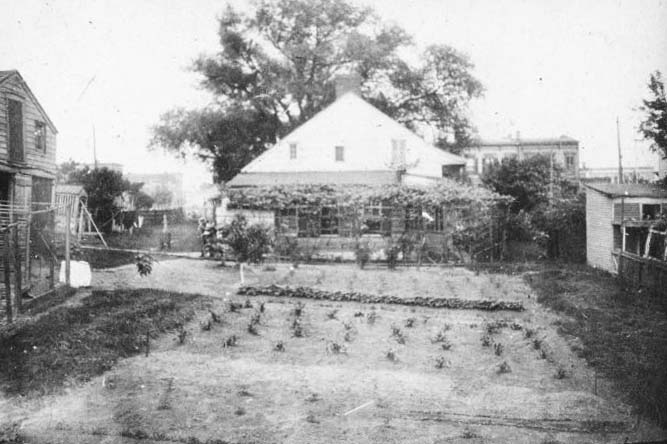
|
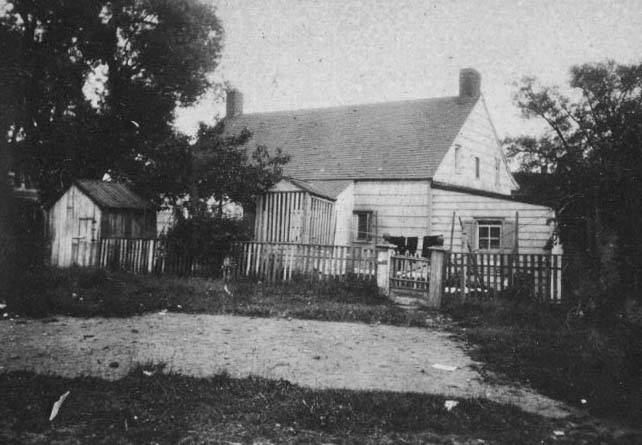
|
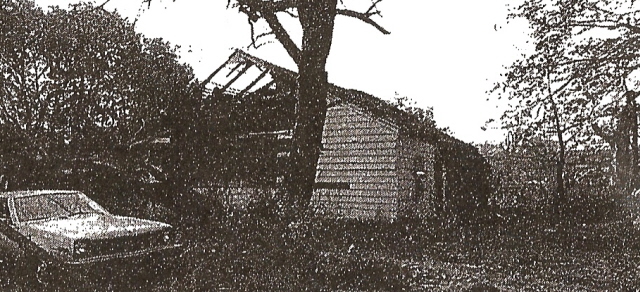 |
|
| Duryea House, 1913 Ending on a melancholy note. These 1913 shots from the Peter Rapelje collection are of the Duryea house, built in 1740. It once sat on New Lots road but was moved to 562 Jerome Street. It goes through numerous renovations but survives the development of the area. The house is last occupied by Frederick Eversley in 1982, after which the New York Landmarks commission had an option to buy the house. While negotiations and legal battles were taking place, the house became a refuge for crack addicts, ensuring its demise. Plans were actually made to move the house to Highland Park, but on November 8, 1989 the house was torched and could no longer be saved. Some parts, like a window sash, were rescued and are on display at the New York State Museum in Albany. Harold Moscowitz provided us with additional insight and history into the house.  Sources: New York Times, Jan 27, 1985 "Bid to Save 1740 Farmhouse Revived" New York Times, September 13, 1986 "In Brooklyn, Drive to Help Dutch House" New York Times, November 15, 1989 "Fires Force an End to Plans to Save Historic Farmhouse" |
|||